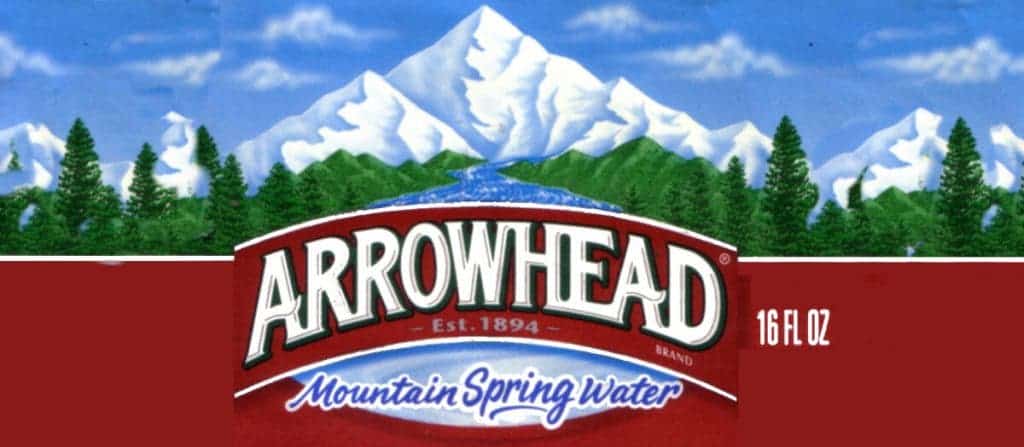To say that Nestle is an unethical company would be an understatement – the company’s history is riddled with practices such as child labor, unethical promotion, manipulating uneducated mothers, pollution, price fixing, mislabeling and recently, abusing water resources. Operating under a permit that expired back in 1988, the company drew 27 million gallons (100 million liters) of water from 12 springs in Strawberry Canyon, paying just over $500.
Following an investigative paper published in the Desert Sun, Federal officials have started investigating Nestle’s water extraction and usage. The first red flag: their permit expired 26 years ago.
“It hasn’t been reviewed since, and the Forest Service hasn’t examined the ecological effects of drawing tens of millions of gallons each year from the springs,” Ian James wrote in the paper last month.
But the problem goes even deeper. As we’ve written several times, California is experiencing the worst drought in recent history, and both families and local companies have been forced to cut down on their water consumption. Under these conditions, Nestle shouldn’t be allowed to use that much water at all – let alone not pay for it!
They’ve been buying the water at about two cents per gallon, and selling that same water at $2 per bottle! Hey, and this is just one reservoir they’ve been tapping in. Another 51 million gallons of groundwater were drawn from the area by Nestle and at Deer Canyon, the company extracted 76 million gallons from the springs in that location, which is a sizable increase over 2013’s 56 million-gallon draw. In total, they’ve used roughly 705 million gallons of water in its operations in California, according to natural resource manager Larry Lawrence. As for the future, they have no intention of changing their ways.
“Absolutely not. In fact, if I could increase it, I would,” Tim Brown, CEO of Nestlé Waters North America, said in a recent interview with Southern California Public Radio.
In his opinion, the over 700 million gallons they use every year (2.6 billion liters) are put to good use.
“The reality is, demand for bottled water is higher than it has ever been, in large measure because people are looking for healthier alternatives to juices, soft drinks, and, in some cases, beer and wine,” he wrote in an op-ed for The San Bernardino Sun.
Sure, we get it, it’s profitable, but if you do the math (as Claire Bernish from Anti Media has) you’ll realize that the potential profit from bottled water in California ranges in the tens of billions. There’s nothing wrong with a company making profit, but tapping into a scarce and valuable resource should not be for free – and doing so should come with a punishment.










